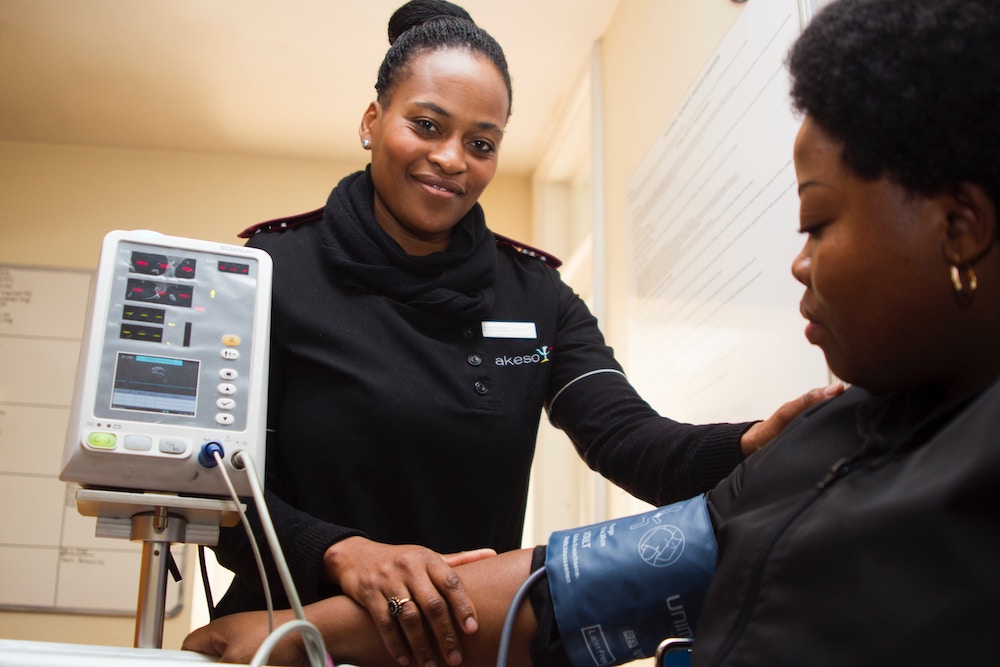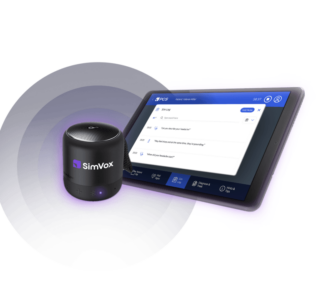How to Address Minority Health Disparities Through Healthcare Simulation
Medical Simulation can help your learners to address health disparities experienced by patients of a racial and ethnic minority. April is National Minority Health Month, sponsored by the U.S. Department of Health and Human Services Office of Minority Health. In the United States, 36% of the population belongs to a racial or ethnic minority group. This number is expected to increase greatly within the next few decades and, as this occurs, the patient population will become more diverse. This should inevitably affect the way that healthcare professionals prepare for their roles.
Compared with white patients, members of racial and ethnic minorities are less likely to receive preventative health services and often receive lower-quality care. To combat health disparities in the U.S., experts recommend that providers reflect on and acknowledge the fact that racism and implicit biases do exist within the realm of healthcare.
Clinical Simulation is a highly-praised method of training healthcare professionals. Those who are proponents of using simulation often celebrate the opportunity it gives learners to interact with a “real” patient. To improve diversity training and increase the realism of a simulation, it can help to use a patient profile that includes racial, ethnic, socioeconomic, geographical, and religious differences.
Sponsored Content:
In this article, we share how healthcare simulation can prepare your learners to treat patients who are members of a racial or ethnic minority.
Simulation Training Can Develop Cultural Competence in Learners
In the U.S., racial and ethnic minorities represent more than a quarter of the total population but only 10% of the nation’s healthcare providers. Experts emphasize that, in response, healthcare organizations should achieve diversity in their staff and leadership. They should also train and educate their staff to recognize and manage the impact of cultural differences.
A culturally-competent provider focuses on each patient’s cultural differences, needs, values, preferences, and individualized care provisions. This type of patient-centered care is a method of reaching the best possible patient outcome, but it requires an ongoing and reflective learning process. For providers to develop cultural competence, they must continually adapt the way that they communicate with, assess, and diagnose their patients.
Sponsored Content:
Through textbooks and lecture alone, it can be difficult to accurately teach cultural competence to learners. Simulation allows educators to shape a learning environment that reflects the diverse society learners will serve. And, a simulation debrief fosters the self-reflection of behaviors and attitudes that is necessary to developing cultural competence.
Studies show that following a simulation, learners improved in their overall cultural awareness. The experience of participating in an eye-opening scenario can lead to greater self-awareness in learners who might otherwise be hard to reach. And, this self-awareness and improved ability to detect cultural cues can improve the care they provide to minority patients.
Simulation Training Can Improve a Learner’s Ability to Manage Low Patient Health Literacy
During a patient-provider interaction, in which healthcare professionals can often overestimate a patient’s health literacy, a lot can be missed. A patient may lack an understanding of their own health condition or a provider may use complicated jargon to explain the situation. In both cases, the care given is not the greatest it could be if both parties were communicating effectively.
Research shows that individuals with limited health literacy fare worse than health literate ones. Minority racial and ethnic groups, and those who are socioeconomically disadvantaged, elderly or immigrants, are disproportionately limited in their health literacy. A low health literacy level can lead patients to avoid care entirely or, if they do seek care, it can lead to non-adherence to medication and higher medical costs.
Simulation in healthcare training can help learners to strengthen their interpersonal communication skills to facilitate healthy patient-provider conversations. This can include earning a patient’s trust, helping a patient communicate his or her needs, and facilitating shared decision-making when weighing treatment options.
One study showed that simulation increased learners’ empathy, which in turn impacted their future communication with patients. Furnished with higher empathy toward cross-cultural situations, providers are better prepared to interview, communicate medical information, and provide treatment to patients from diverse racial and ethnic backgrounds.
Simulation Can Develop Your Learners into Vigilant Healthcare Professionals
To prepare healthcare providers to treat patients of all backgrounds, Laerdal Medical has made the conscious decision to expand product offerings to include different skin tones. Using simulation to train, learners can gather an understanding of how cultural characteristics affect a patient’s care. A simulator with a darker skin tone can add to the realism in a scenario.
Above all things, healthcare providers should be vigilant in their observations of patients. By teaching your learners to look through a different lens – one that is culturally competent and sensitive to differing levels of health literacy – they can become fully vigilant in their approach to each patient case. Both in training and in practice, this vigilance in caring for patients of minority groups can inevitably improve the care of all patients.
If you are using nrusing simulation for diversity training, you may want to weave in current statistics related to minority health. Download Laerdal’s new infographic, Minority Health Statistics Your Learners Need to Know.
Visit Laerdal’s Website to Learn More About
Addressing Minority Health Disparities Through Simulation!
Sponsored Content:

















